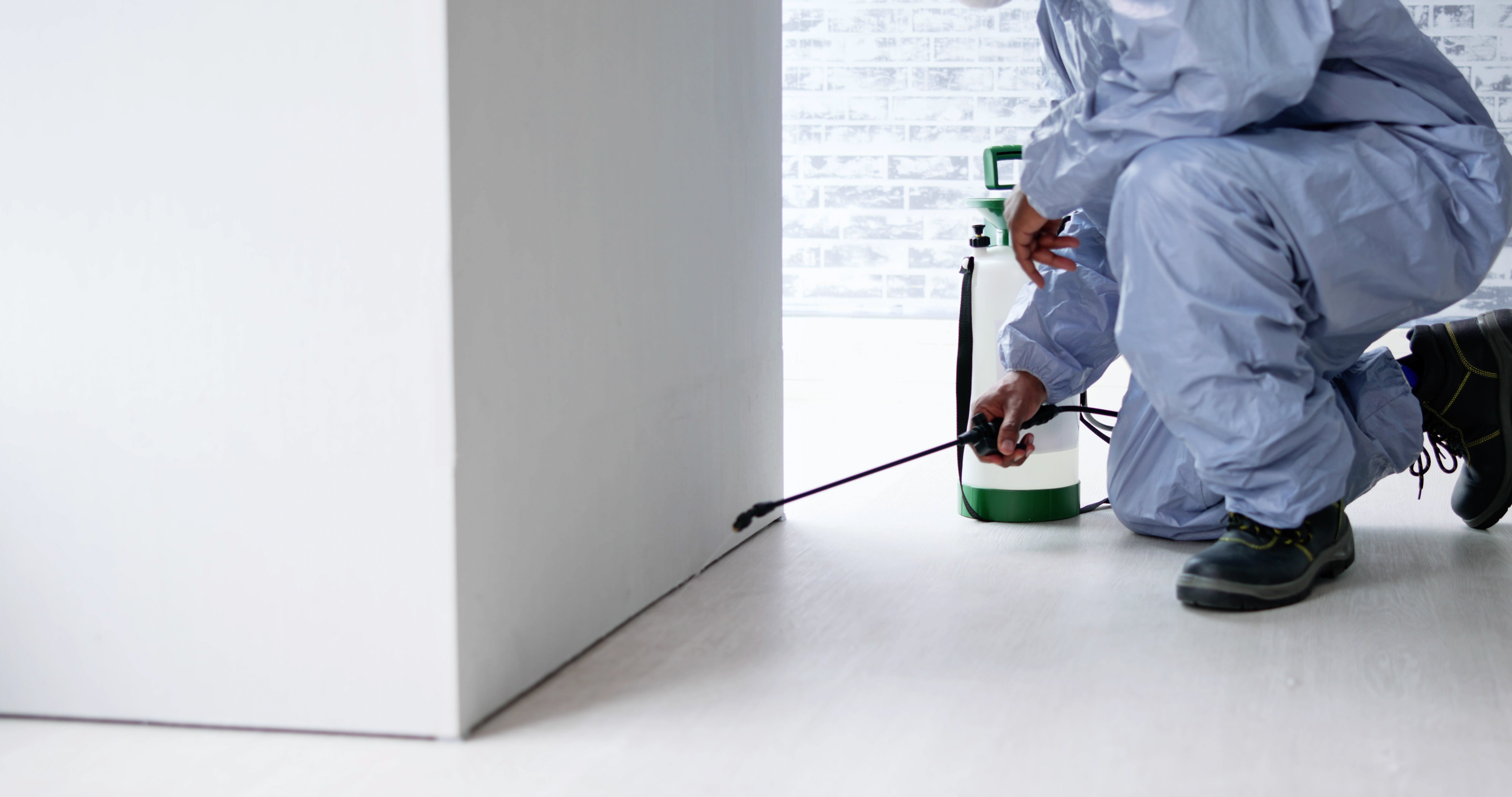Distinguishing between a brown recluse spider and a common house spider is key for homeowners concerned about safety. You can identify these spiders by understanding their visual and behavioral traits. Learn about the brown recluse's size, bite, and how to safely manage spider encounters in your home. SafeHaven Pest Control is here to provide advice on pest identification and prevention.
Identifying the Brown Recluse Spider
The brown recluse spider, or Loxosceles reclusa, is a small but potentially harmful spider that needs careful identification. Adult brown recluses are about the size of a quarter, measuring 6 to 20 millimeters. They are light to dark brown, with a distinctive violin-shaped marking on their back, pointing toward the rear.
These spiders prefer quiet, dry, and undisturbed places like basements, attics, and closets, where they build irregular webs. Unlike many spiders, brown recluses are not aggressive and usually bite only when threatened or pressed against the skin. They are nocturnal, making them more active at night and more challenging to spot during the day. Recognizing these traits helps homeowners distinguish them from less dangerous house spiders and take the proper precautions.
Common House Spider Characteristics
House spiders are a familiar sight in many homes, and they stand apart from the brown recluse in both looks and habits. These spiders are generally smaller, with bodies measuring 4 to 10 millimeters. Their coloring varies, often in shades of brown or gray, but without the distinct violin marking of the brown recluse.
Unlike their reclusive counterparts, house spiders are more visible during the day. They spin webs in corners, windows, and other strategic spots to catch insects. They are generally harmless to humans and help control other pests indoors.
House spiders adapt well to different environments, from basements and attics to more frequented areas like kitchens and living rooms. While they might be a nuisance, they rarely bite, and their venom poses no real threat. Recognizing these traits helps homeowners manage spider populations effectively.
Brown Recluse vs House Spider: Visual and Behavioral Differences
Spotting the differences between brown recluses and house spiders enhances safety. Although the brown recluse's size is often confused with that of other brown spiders, its violin-shaped marking is a standout feature.
In terms of behavior, brown recluses are elusive, preferring to stay hidden in undisturbed areas. They are nocturnal, so they hunt at night. House spiders, however, are more visible during the day, busy with their webs in active areas of the home. Unlike house spiders, brown recluses don't use webs to catch prey, which is another way to tell them apart.
For safety, it's wise to observe these spiders from a distance. Use a flashlight to check dark corners and crevices where brown recluses might hide, and avoid direct contact. By recognizing these differences, homeowners can identify a brown recluse look-alike and take appropriate action to maintain a safe environment.
Safety Tips for Dealing with Spiders
Dealing with a potential brown recluse in your home requires caution to avoid bites. A brown recluse bite can lead to severe reactions, including pain, itching, and, in rare cases, skin necrosis. If bitten, clean the area with soap and water, apply a cool compress to ease swelling, and seek medical help if symptoms worsen.
To reduce the chance of encountering brown recluses, maintain a tidy home, especially in storage areas like basements and attics. Wear gloves when handling boxes or reaching into dark spaces, and seal any cracks where spiders might enter. Sticky traps can be helpful in monitoring their presence.
Increase Your Safety by Knowing the Difference
Knowing the differences between brown recluse and common house spiders is key to keeping your home safe. While house spiders are mostly harmless and can help control other pests, brown recluses need careful handling due to their potential danger. Recognizing their unique traits allows homeowners to manage these spiders effectively.
SafeHaven Pest Control provides reliable solutions for spider identification and control. Our team can assess your situation and provide tailored strategies. For professional assistance, contact us at SafeHaven Pest Control to schedule an inspection.
Featured Image: Andrey_Popov/Shutterstock








